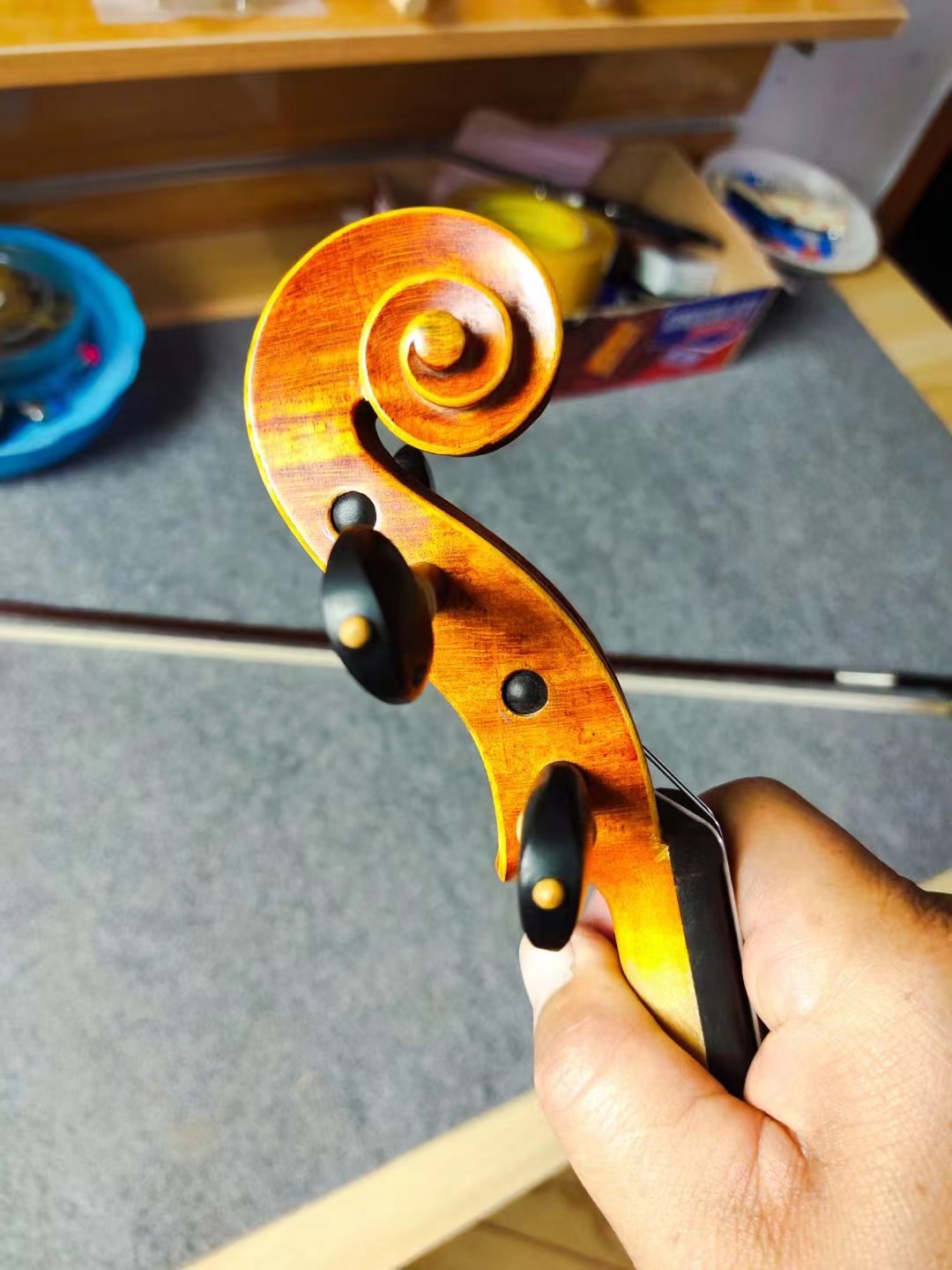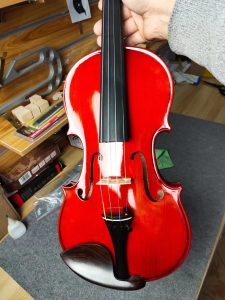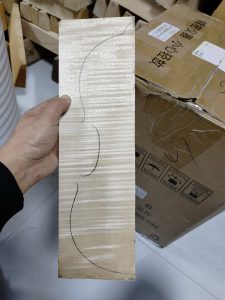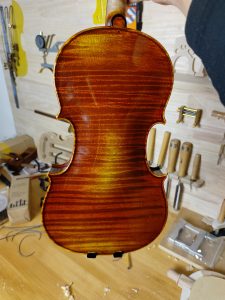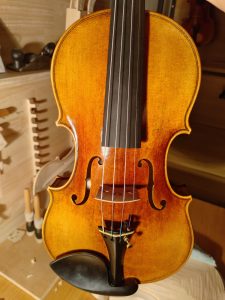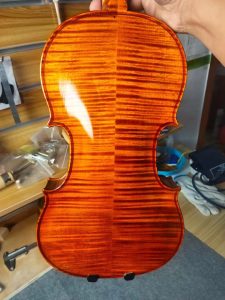Will the violin maker's signature label be written in the F hole?
Now more and more people are starting to buy and learn violins. They will buy violins on Taobao, Xiaohongshu, JD.com, violin makers, and teachers. However, many people are also beginning to pay attention to the signature in the F hole in the violin.
Welcome to buy a stringed instrument from Artisan Violins, you canClick on this linkConnect with us!
The F-hole of a violin refers to the two holes located between the maple wood of the violin back and the spruce wood of the top. They are closely related to the sound of the violin. On some handmade violins, you may find the luthier's signature label or other form of marking, usually placed somewhere around the F-hole. (Usually it can be seen in the F hole on the right)
Violin manufacturers or luthiers usually mark their names or brands on the violins they make. This marking is very important to confirm the authenticity and value of the violin. Many famous violin makers signed their names on the violins they made. For example,Antonio StradivaViolins made here usually bear his markings on the inside or outside.Jean BeyerHis violins are also often stamped with his name or mark.
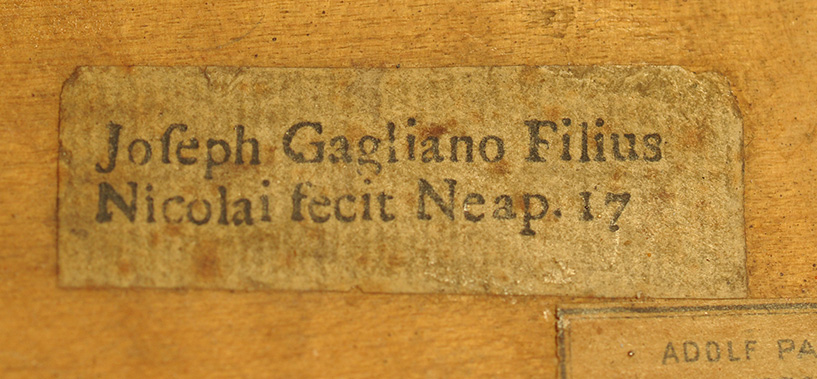
There are also many handmade violin makers in China who add their names or unique marks to the violin F-hole labels. There are also many violin makers and factories who do not add their names to the marks, so you don’t have to worry about it when buying a violin. Whether the label is inside.
In modern violin making, many luthiers still use a similar method to mark their violins. Markings can appear anywhere on the violin, but are most commonly found around the f-holes or on the inside of the violin. Markers can take many different forms, including paper markers, metal markers, wooden markers, and more.
For some luthiers, having their name or brand stamped on the violin is of great significance. This not only proves the violin's authenticity and value, but also records the instrument's history. For example, the violins made by Antonio Stradivari were renowned for their high quality at the time, and his mark became one of the symbols of his fame.
In addition, some luthiers annotate their violins, which is equivalent to writing the luthier's name and the date of production in a memorial book around the violin. These notes are usually placed on the inside or back of the violin and can provide additional information and historical context.
Welcome to buy a stringed instrument from Artisan Violins, you canClick on this linkConnect with us!
However, it is important to note that not all violins will have the luthier's markings or notes. Some luthiers may prefer to conceal their markings or notes, or they may have been removed or damaged due to time and other factors.
When purchasing a handmade violin, checking the markings and annotations can be very helpful in confirming its authenticity. If you want a violin of historical value, then understanding its maker and historical background is necessary. When learning the violin, understanding the violin making process and the contributions of some famous luthiers will also help you better understand the sound and characteristics of the violin.

